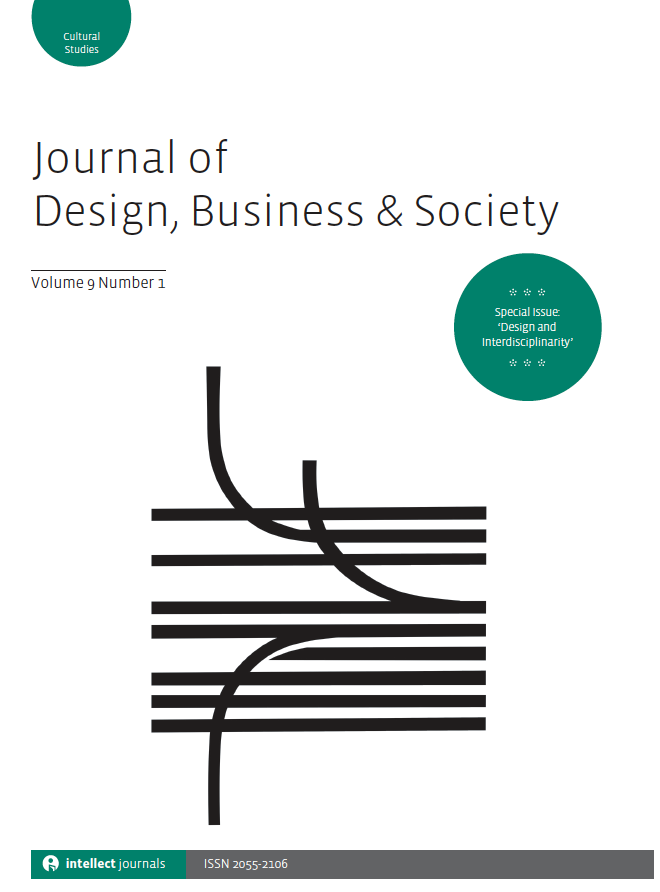
Full text loading...
 , Sayedeh Babooneh Rastgooyan2
, Sayedeh Babooneh Rastgooyan2 , Mohammadjavad Khadivi2
, Mohammadjavad Khadivi2
Organizational storytelling/narrative was largely ignored in the academic literature before the 1970s. Today, however, with the spread of ‘storytelling thinking’, this concept has been explored across disciplines including sociology, psychology, anthropology and philosophy. Although much research has emerged in the field of organizational narrative/storytelling, no study has addressed the bibliography of this subject quantitatively. This article is a bibliometric study of organizational storytelling/narration that aims to fill this gap. The data came from the Web of Science (WoS), which includes 441 documents between 1955 and January 2022. VOSviewer software was used to draw charts and create tables. The findings show that most documents have been published in this area in the last two decades, mainly in the United States. This bibliographic study offers two key findings for the field of organization storytelling. First, co-citation analysis provides four clusters, namely Cluster 1: healthcare, Cluster 2: stories of a darker side, Cluster 3: collective centring and collective sensemaking to express organizational culture and Cluster 4: identity and knowledge, shows in which topics the researchers of organizational storytelling/narrative have been most active. Second, co-occurrence analysis presents six clusters, Cluster 1: identification, Cluster 2: systems, Cluster 3: evolution, Cluster 4: performance, Cluster 5: power and Cluster 6: self, which are placed in a logical path related to the maturity levels of the organization and illustrate the topics that correspond to each organizational maturity level. Given the nature of the narrative/story, future researchers are likely to focus more on qualitative analysis and other aspects of quantitative analysis, including citations. Future research should focus on quantitative and qualitative analysis of the existing models of storytelling/narrative.

Article metrics loading...

Full text loading...
References


Data & Media loading...

Publication Date:
https://doi.org/10.1386/dbs_00055_1 Published content will be available immediately after check-out or when it is released in case of a pre-order. Please make sure to be logged in to see all available purchase options.